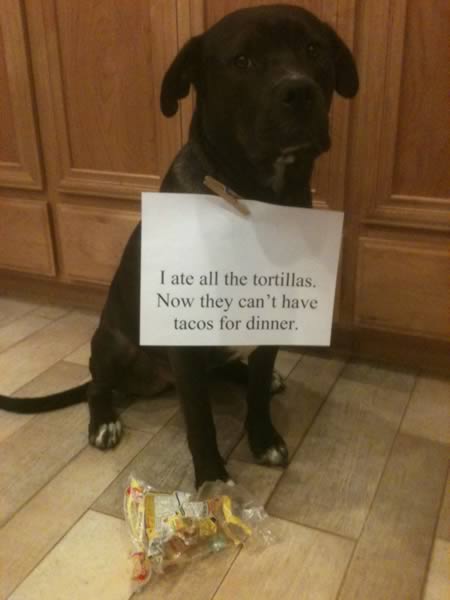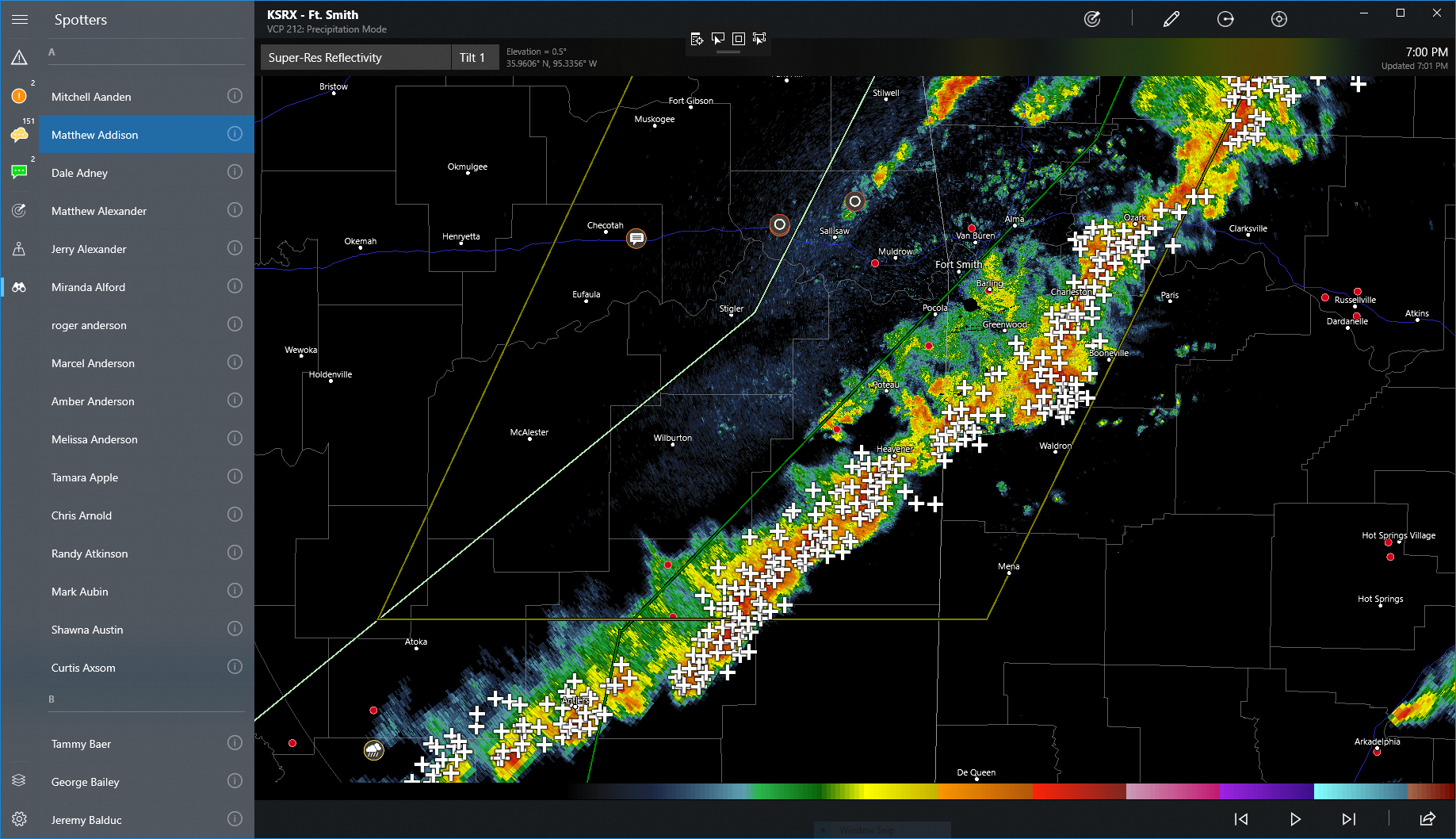
- #SHARE RADARSCOPE IMAGES TO FACEBOOK UPDATE#
- #SHARE RADARSCOPE IMAGES TO FACEBOOK SOFTWARE#
- #SHARE RADARSCOPE IMAGES TO FACEBOOK LICENSE#
- #SHARE RADARSCOPE IMAGES TO FACEBOOK PROFESSIONAL#
RadarScope renders the data that it receives at its true resolution. Checking for updates more often than that is an unnecessary waste of resources because new data will not exist until the volume scan is complete. RadarScope is tuned to the NEXRAD volume scan strategy and only checks for new data at times defined by the current operating mode.
#SHARE RADARSCOPE IMAGES TO FACEBOOK UPDATE#
This is why radar images update on a 2-10 minute interval.
#SHARE RADARSCOPE IMAGES TO FACEBOOK SOFTWARE#
However, recent updates to the NEXRAD software insert an additional 0.5 degree scan in the approximate middle of the volume scan. Once all the tilts for a given volume scan have been collected, it will recycle back down to tilt 1 and do it all over again. In clear air mode, since the antenna is rotating more slowly, a volume scan takes about 10 minutes.Īs a radar collects a volume scan, it first collects a 360 degree sample at an elevation angle of 0.5 degrees (tilt 1), then a scan for tilt 2, and so on, increasing elevation angle with each revolution. In severe weather mode, SAILS, MESO-SAILS, and AVSET can provide updates as quick as 72 seconds. When operating in precipitation mode, a volume scan takes 5-6 minutes. Depending on whether the radar is operating in clear air mode or precipitation mode, each volume scan takes a different amount of time. Collectively these tilts make up what is called a volume scan. It takes a certain amount of time to rotate the antenna and collect data for all the different tilts. There can still be a lot of weather happening in that lowest few thousand feet beneath the beam, even for the lowest tilt.Ĭollecting radar data is not an instantaneous process for. But keep in mind, even the lowest tilt can be sampling at thousands of feet above the ground depending on the distance from the radar. For most purposes, the casual user will want to stick with tilt 1, which is closest to the ground. But because of the steeper angle, those products can be a little more difficult to interpret. Meteorologists use the higher tilts to get an idea of the vertical structure of a storm. The curvature of the Earth also comes into play, so even if there were no tilt to the radar beam whatsoever, it is looking higher above the ground the further it gets away from the radar. Because of the steeper angle, that effect is more pronounced in the higher tilts. With any tilt, the farther the beam gets from the radar the higher it is looking in the air. Higher tilts allow you to see higher levels of the storm structure.

The highest angle (tilt 4) is between 3 and 4 degrees from horizontal. The lowest angle (tilt 1) is about 0.5 degrees for most radars. The radar beam is sent into the air at varying angles, or tilts, from the horizon. This section provides a little more information about how they work as well as resources for learning about them in more detail.


I also suggest you watermark your images.Weather radars are complex scientific equipment subject to physical and economical limitations. So 960 may be a better size for photographers to use.

Very few people have a monitor or device that can display an image that large.
#SHARE RADARSCOPE IMAGES TO FACEBOOK PROFESSIONAL#
I recommend you NOT upload your professional images at high resolution unless you have a specific reason to do so (for example, you want fans to download printable images of an event).Īlso note that, even though Facebook won’t resize images at the 2048 size, they will be resized in the user’s browser.
#SHARE RADARSCOPE IMAGES TO FACEBOOK LICENSE#
This IP License ends when you delete your IP content or your account unless your content has been shared with others, and they have not deleted it. For content that is covered by intellectual property rights, like photos and videos (IP content), you specifically give us the following permission, subject to your privacy and application settings: you grant us a non-exclusive, transferable, sub-licensable, royalty-free, worldwide license to use any IP content that you post on or in connection with Facebook (IP License).


 0 kommentar(er)
0 kommentar(er)
